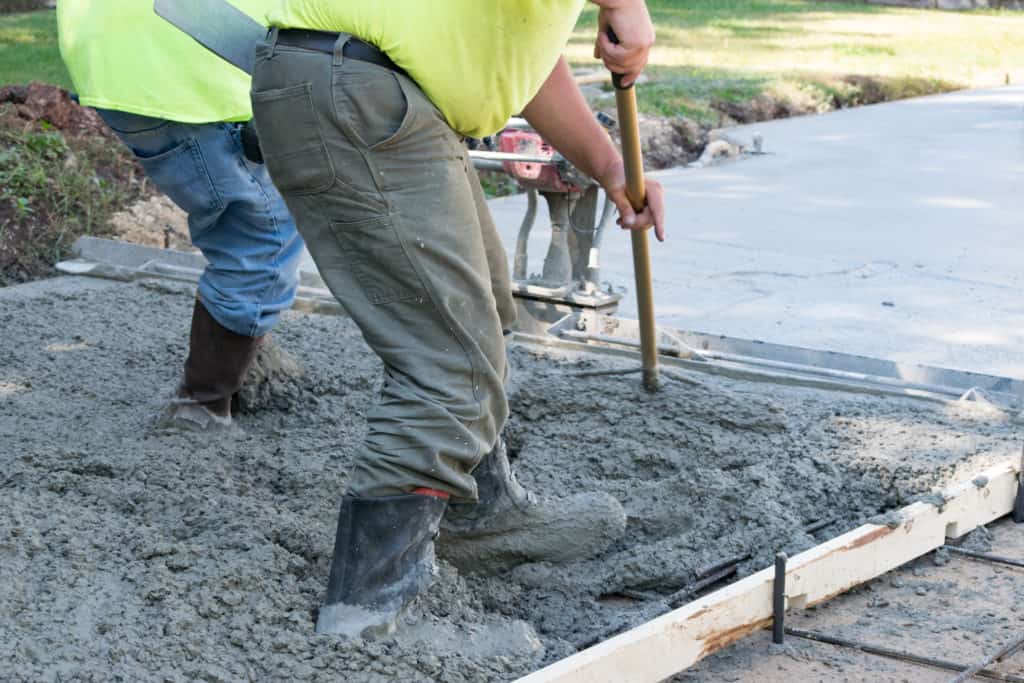Thermal imaging has emerged as a groundbreaking tool in building maintenance and pest control, revolutionizing detecting and managing unwelcome critters. This non-intrusive technology enables inspectors to swiftly and precisely identify pest presence, even in inaccessible areas.
Thermal imaging
Thermal imaging, or infrared thermography, employs specialized cameras to detect heat emitted by objects or living beings. These cameras capture infrared radiation and translate it into a visual image, where diverse colours indicate differing temperatures. In the context of building inspections, thermal imaging cameras detect temperature differences caused by the presence of pests, moisture, or other anomalies within the structure. Inspectors can pinpoint the issue’s location by analyzing these thermal patterns and taking appropriate action.
How does thermal imaging detect pests?
Like all living creatures, pests emit heat due to their metabolic processes. Thermal imaging cameras can detect this heat signature, even when the pests are hidden. For example, rodents and other small mammals tend to have a higher body temperature than their surroundings, making them easily detectable on a thermal image. Similarly, insects like termites and bed bugs often congregate in large numbers, creating distinct heat patterns that can be spotted with infrared technology.
Benefits of using thermal imaging for pest detection
Traditional pest inspection methods often involve time-consuming visual inspections, which may miss pests hidden within walls, ceilings, or other hard-to-reach areas. Thermal imaging offers several advantages over these conventional approaches:
- Non-invasive and non-destructive – Thermal imaging cameras detect pests without drilling holes, removing drywall, or causing any damage to the building. This makes the inspection process quicker, cleaner, and less disruptive for occupants.
- Early detection – By identifying pest infestations in their early stages, thermal imaging allows for prompt treatment, minimizing the potential for damage and reducing the need for extensive repairs.
- Comprehensive coverage – Thermal cameras scan large areas, providing a comprehensive overview of the building’s pest situation. This helps inspectors identify problem areas more efficiently and develop targeted treatment plans.
- Moisture detection – In addition to detecting pests, thermal imaging also identifies moisture issues within a building. Excess moisture can attract pests and lead to structural damage, so identifying and addressing these problems early is crucial. Learn more about it here – https://vitalbuildinginspection.com.au/pricing/.
Pests commonly detected by thermal imaging
- Rodents – Mice, rats, and other rodents are among the most common pests found in buildings. Their high body temperature and tendency to nest in hidden areas make them prime candidates for thermal detection.
- Termites – Subterranean termites cause significant damage to wooden structures, often without visible signs of infestation. Thermal imaging detects the heat generated by termite colonies, allowing for early intervention.
- Bed bugs – These notorious hitchhikers are challenging to spot with the naked eye, but their heat signature is easily detectable with thermal cameras. Inspectors quickly identify bed bug hotspots and develop targeted treatment plans.
- Bats – While not always considered pests, bats sometimes reside in attics or other building parts. Thermal imaging helps locate bat colonies without disturbing them, allowing for safe and humane removal.
When used with other inspection methods and interpreted by experienced professionals, thermal imaging helps prevent costly damage and ensures a pest-free environment.




